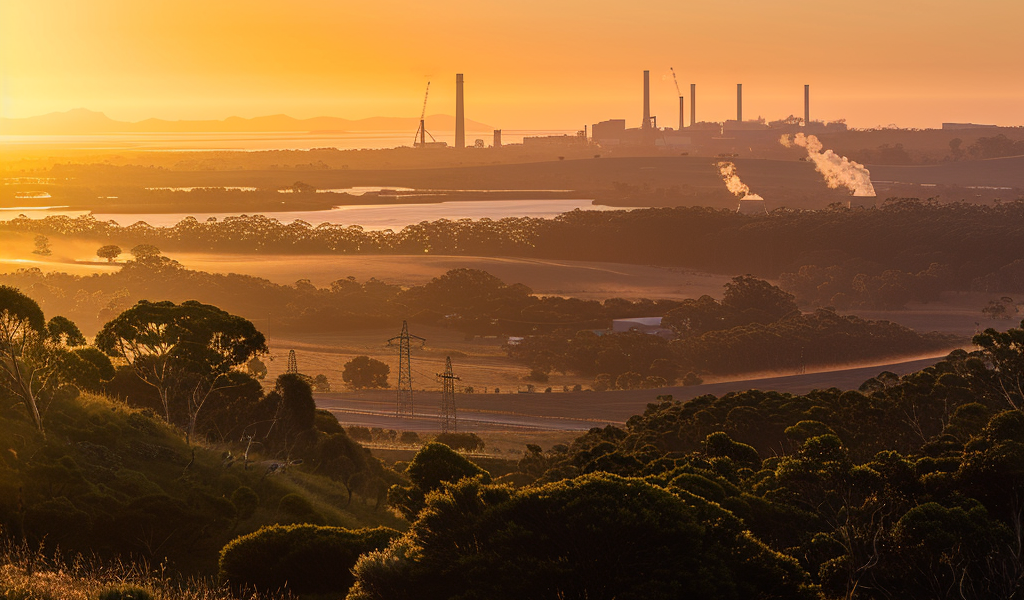Western Australia’s Greenhouse Gas Emissions Surge Raises Doubts on Australia’s Net Zero Targets
Western Australia’s greenhouse gas emissions are on the rise, casting doubt on Australia’s ability to meet its net zero targets. Modelling obtained by Guardian Australia shows that the state’s carbon emissions in 2024 are projected to reach about 20% above 2005 levels, with little indication that the main power grid can decarbonize rapidly.
According to preliminary federal data, Australia’s emissions reached 459 million tonnes CO2-e in the year to December 2023, approximately 26% below 2005 levels and falling short of the legislated 43% reduction target. Unlike other states, Western Australia does not have its own 2030 target for reducing carbon emissions.
The Labor-led Cook government is considering legislating its goal for 2035 once it sees what the federal government settles on. However, the state lags behind others in setting targets, with any 2035 goal unlikely to be agreed upon before 2026 at the earliest.
One scenario presented in the modelling by Climateworks and CSIRO proposed that the main power grid serving the bulk of WA’s population should reduce 2005-level emissions by 2% by 2030 and 20% by 2035 based on present policies. However, significant emissions reductions in the South West Interconnected System would need to overcome key barriers, including a lack of transmission capacity.
Brad Pettitt, the sole Greens MP in state parliament, highlighted that WA, with 10% of Australia’s population, accounts for 17% of emissions, making it a significant outlier. He also noted that the government-owned grid in WA offers a means to expedite uptake, which other states lack.
The surge in Western Australia’s emissions raises concerns about the ability to meet Australia’s legislated carbon reduction goals. With the state’s emissions on track to exceed 2005 levels by a significant margin, the need for rapid decarbonization in the main power grid is evident. The delay in setting a 2030 target and overcoming key barriers to emissions reduction further complicates the situation, leaving other states to make larger cuts to compensate for Western Australia’s shortfall.





